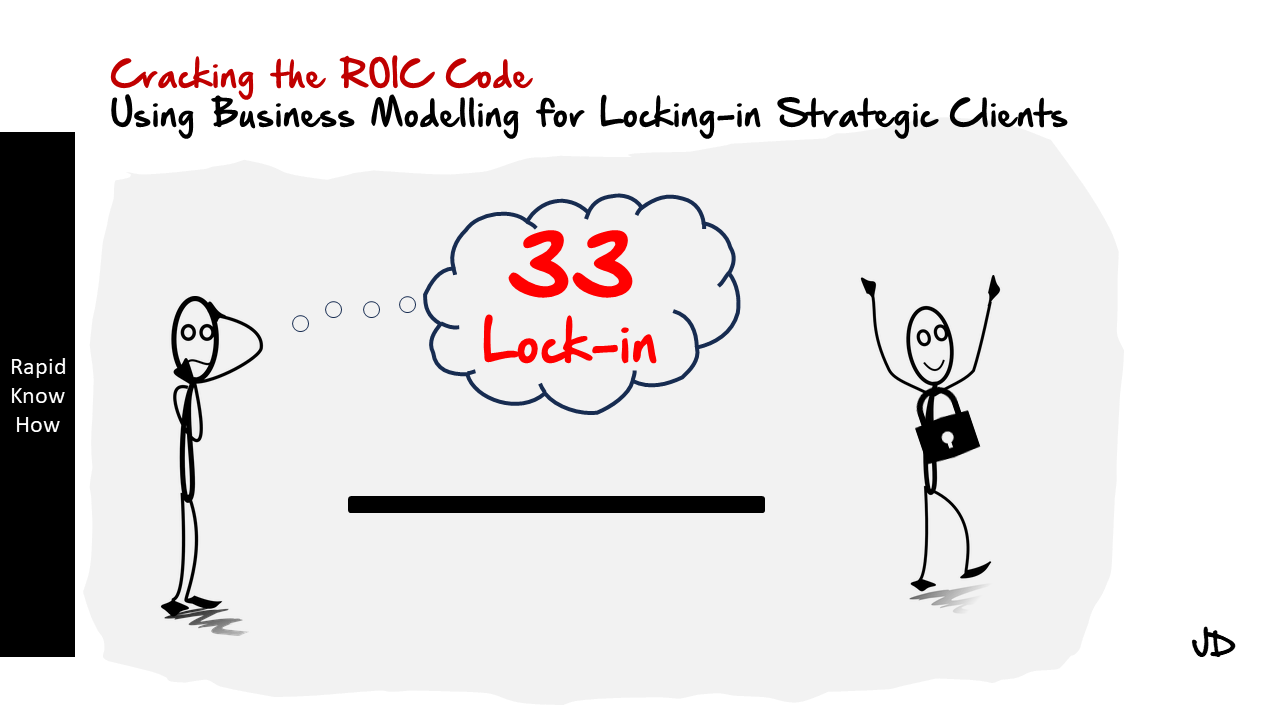What is a Blue Ocean Market?
The concept of a Blue Ocean Market originates from the book “Blue Ocean Strategy” by W. Chan Kim and Renée Mauborgne. In essence, a Blue Ocean Market refers to an untapped market space where competition is minimal or nonexistent.
This contrasts with a “Red Ocean,” where businesses fiercely compete in saturated markets, often leading to price wars and reduced profitability. In a Blue Ocean, companies create new demand in an uncontested market space, making the competition irrelevant.
Why Create a Blue Ocean Market?
Creating a Blue Ocean Market offers several advantages:
1. **Reduced Competition**: By venturing into uncharted territory, businesses can avoid the pitfalls of intense competition that characterize Red Oceans.
2. **Increased Profitability**: With less competition, companies can often command higher prices for their unique offerings, leading to improved profit margins.
3. **Innovation Opportunities**: A Blue Ocean encourages innovation as businesses seek to create value in new ways, fostering creativity and differentiation.
4. **Customer Loyalty**: By addressing unmet needs or creating entirely new experiences, companies can build strong customer loyalty and brand recognition.
5. **Sustainable Growth**: Entering a Blue Ocean can lead to sustainable growth as businesses continuously innovate and adapt to changing market dynamics.
How to Create a Blue Ocean Market?
Creating a Blue Ocean Market involves strategic thinking and innovative approaches. Here are some key steps:
1. **Identify Unmet Needs**: Conduct thorough market research to identify gaps in the current offerings. Look for customer pain points that are not being addressed by existing products or services.
2. **Reconstruct Market Boundaries**: Challenge industry norms and redefine the boundaries of your market. This could involve looking at alternative industries or considering different customer segments.
3. **Focus on Value Innovation**: Instead of competing on price alone, focus on creating value for customers through innovation. This could mean enhancing product features, improving customer service, or offering unique experiences.
4. **Develop a Strategic Canvas**: Create a visual representation of your strategy compared to competitors. This helps identify areas where you can differentiate yourself and create new value propositions.
5. **Test and Iterate**: Before fully launching your offering, test it with target customers to gather feedback and make necessary adjustments.
Get Started to Create a Blue Ocean Market in 3 Steps
1. **Conduct Comprehensive Research**: – Analyze existing markets and identify gaps. – Engage with potential customers through surveys or interviews to understand their needs better. – Study competitors to see what they are offering and where they fall short.
2. **Brainstorm Innovative Solutions**: – Gather your team for brainstorming sessions focused on creative problem-solving. – Encourage out-of-the-box thinking by using techniques like mind mapping or design thinking. – Prioritize ideas that address unmet needs while also being feasible for your business model.
3. **Develop and Launch Your Offering**: – Create prototypes or minimum viable products (MVPs) based on your innovative solutions. – Test these offerings with early adopters to gather insights. – Refine your product based on feedback before launching it into the broader market.
Successful 10 Examples
1. **Cirque du Soleil**: Transformed the circus industry by combining elements of theater with traditional circus acts, creating an entirely new entertainment experience without direct competition from traditional circuses.
2. **Apple’s iTunes**: Revolutionized music consumption by providing a legal platform for purchasing music digitally, addressing consumer desires for convenience while sidestepping piracy issues.
3. **Tesla’s Electric Vehicles**: Created a new segment within the automotive industry focused on electric vehicles that combine luxury with sustainability, appealing to environmentally conscious consumers.
4. **Airbnb**: Disrupted the hospitality industry by allowing homeowners to rent out their spaces, creating an alternative lodging option that was previously non-existent in many markets.
5. **Yellow Tail Wine**: Simplified wine selection for consumers by offering easy-to-understand labels and approachable flavors, attracting non-wine drinkers into the wine market.
6. **Netflix**: Transitioned from DVD rentals to streaming services, creating an entirely new way for consumers to access entertainment without late fees or physical rentals.
7. **Zara’s Fast Fashion Model**: Redefined fashion retail by rapidly bringing runway trends to consumers at affordable prices while maintaining high turnover rates in inventory.
8. **Beyond Meat**: Pioneered plant-based meat alternatives that cater not only to vegetarians but also meat-eaters looking for healthier options without sacrificing taste or texture.
9. **Warby Parker**: Disrupted the eyewear industry by offering stylish prescription glasses online at affordable prices while providing home try-on options that enhanced customer experience.
10. **Spotify’s Music Streaming Service**: Changed how people consume music by offering unlimited access through subscriptions rather than purchasing individual tracks or albums outright.
Conclusion
Creating a Blue Ocean Market is not just about finding an empty space; it requires strategic thinking, innovation, and an understanding of customer needs that are currently unmet in existing markets.
By following structured steps—conducting research, brainstorming innovative solutions, and developing offerings—businesses can carve out their own unique niches away from fierce competition while fostering sustainable growth and profitability.
The successful examples mentioned illustrate that with creativity and strategic foresight, companies can thrive in uncontested waters while delivering exceptional value to their customers.





